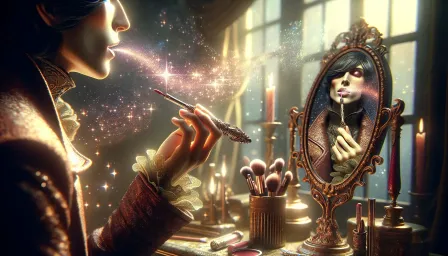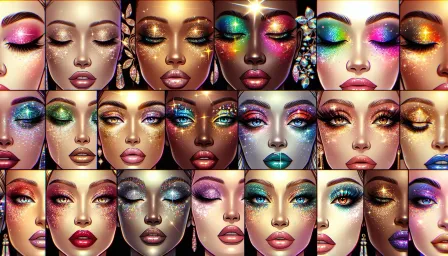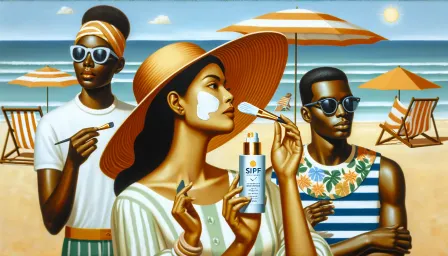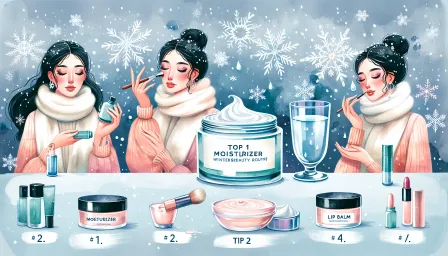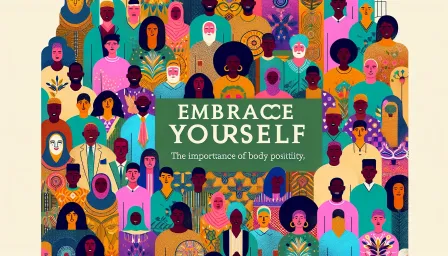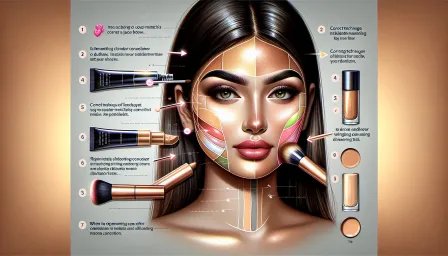The Evolution of Beauty Standards and Beauty Pageants Over the Decades
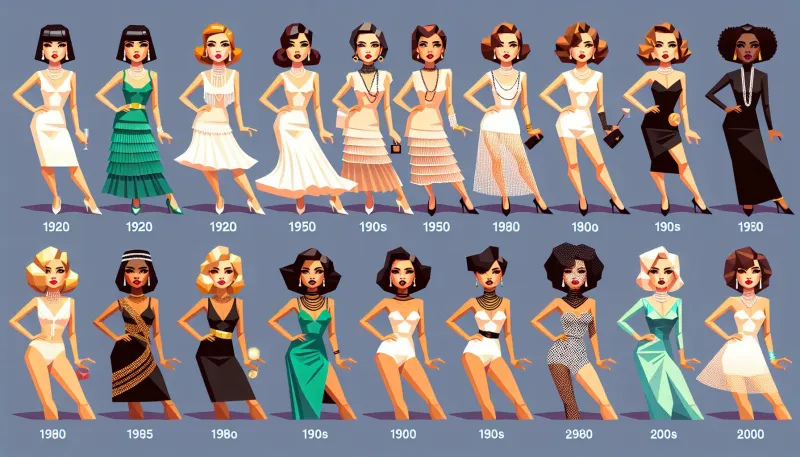
Explore the evolution of beauty standards and beauty pageants over the decades. Understand how perceptions of beauty have transformed and the impact of these changes on modern pageantry.
Beauty standards and beauty pageants have undergone significant transformations throughout history. These changes reflect cultural, social, and even political shifts within society. From the curvaceous figures celebrated in the early 20th century to the more diverse and inclusive beauty ideals of today, understanding this evolution offers insights into our collective values and the ongoing conversation about what it means to be beautiful.
Early 20th Century: The Birth of Modern Beauty Pageants
The modern beauty pageant as we know it began in the early 20th century. The first Miss America pageant took place in 1921 in Atlantic City, New Jersey. At this time, beauty standards favored fuller figures; the ideal woman was often depicted as voluptuous with an hourglass shape. This era also placed emphasis on facial symmetry and fair skin.
The 1950s to 1960s: The Golden Age of Beauty Pageants
The Post-War Influence
After World War II, beauty pageants experienced a surge in popularity. The 1950s and 1960s marked what many consider the golden age of beauty pageants. The standards of beauty during these decades were highly influenced by Hollywood. Marilyn Monroe's curvy figure became the epitome of beauty, emphasizing a cinched waist and a full bust.
Television and Mass Media
The rise of television brought beauty pageants into living rooms across America. Shows like Miss Universe and Miss World allowed viewers to see and be influenced by global beauty standards. These competitions began to emphasize not only physical beauty but also poise, talent, and intellect.
The 1970s to 1980s: Changing Ideals and Increased Criticism
Embracing Diversity
The 1970s and 1980s saw a gradual shift towards more diverse beauty standards. Women of different ethnicities began to win major pageants, reflecting a broader appreciation of different forms of beauty. However, this period also saw the rise of criticism against beauty pageants for promoting unrealistic standards and objectifying women.
Fitness and Athleticism
Athleticism became an essential part of the beauty standard, influenced by the fitness craze of the 1980s. Miss America introduced the aerobic segment in its competitions during this time, reflecting the era's emphasis on health and physical fitness.
The 1990s to Early 2000s: The Globalization of Beauty
With globalization, beauty standards began to overlap and diversify further. Beauty pageants started including contestants from more diverse backgrounds, celebrating different ideals of beauty. The rise of the internet and social media also played significant roles in shaping modern beauty standards, bringing diverse influences from around the world to a broader audience.
2010s to Present: Redefining Beauty
Inclusivity and Representation
In recent years, there has been a strong movement towards inclusivity within beauty pageants. Competitions now strive to represent a wider range of body types, ethnicities, and backgrounds. Miss America, for instance, dropped the swimsuit competition in 2018 to focus more on scholarship, talent, and advocacy.
Social Media's Impact
Social media platforms have given a voice to non-traditional beauties and allowed individuals to challenge and redefine beauty standards. Campaigns promoting body positivity and self-acceptance have gained momentum, encouraging pageants to feature more diverse contestants and redefine what it means to be beautiful.
The Future of Beauty Standards and Pageants
As societal values continue to evolve, so too will beauty standards and beauty pageants. The future is likely to see even broader representations of beauty, focusing on individuality and personal stories rather than a homogenized ideal. Beauty pageants are gradually becoming platforms for advocacy, empowerment, and social change, reflecting a move away from mere physical appearance to a holistic celebration of the individual.
In summary, the evolution of beauty standards and beauty pageants reflects broader societal changes. Each decade brings new ideals and values, but the common thread remains the celebration of human diversity and the quest for inclusivity. As we move forward, it is essential to continue challenging traditional beauty norms and embracing the multifaceted nature of beauty.




